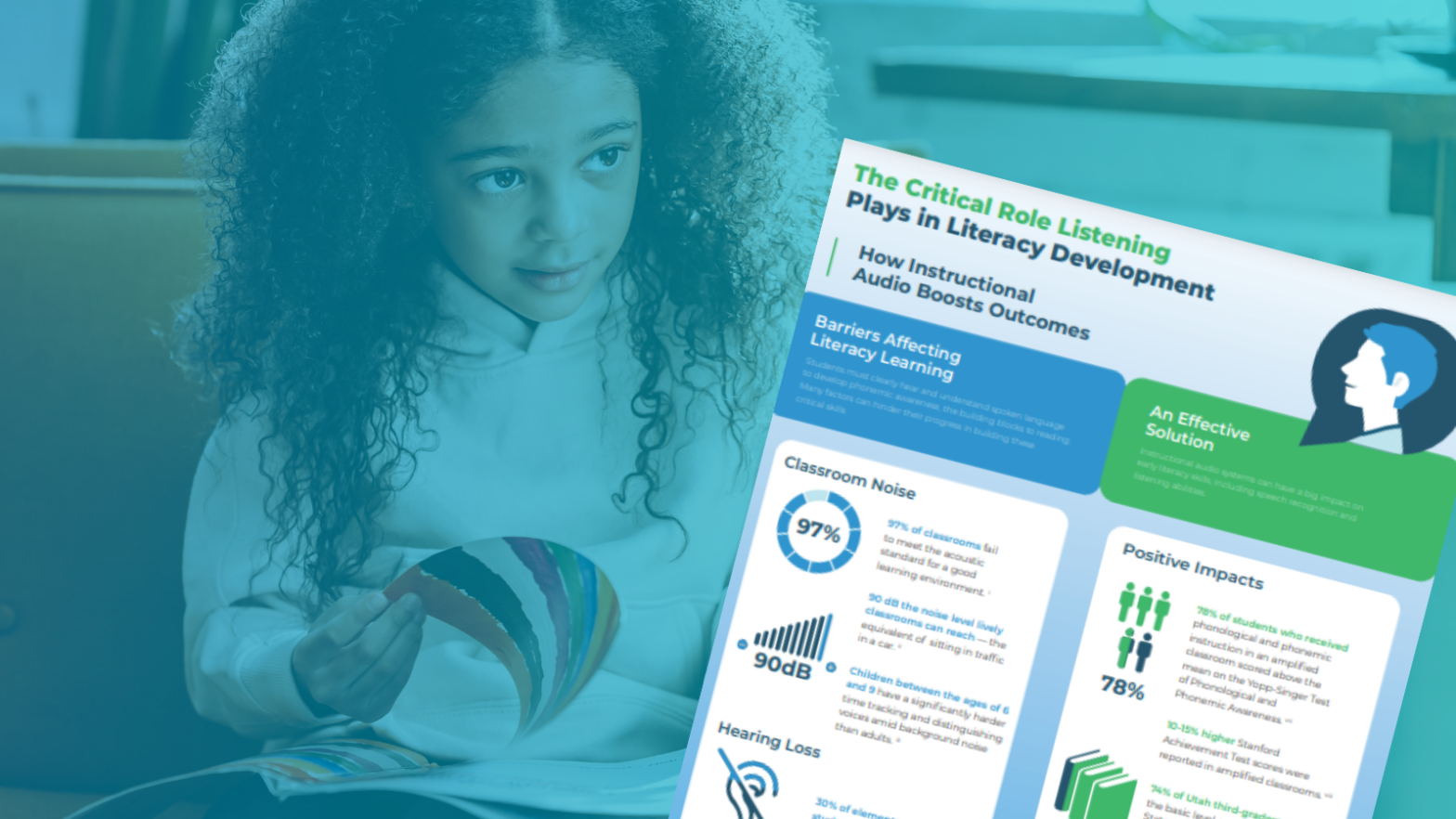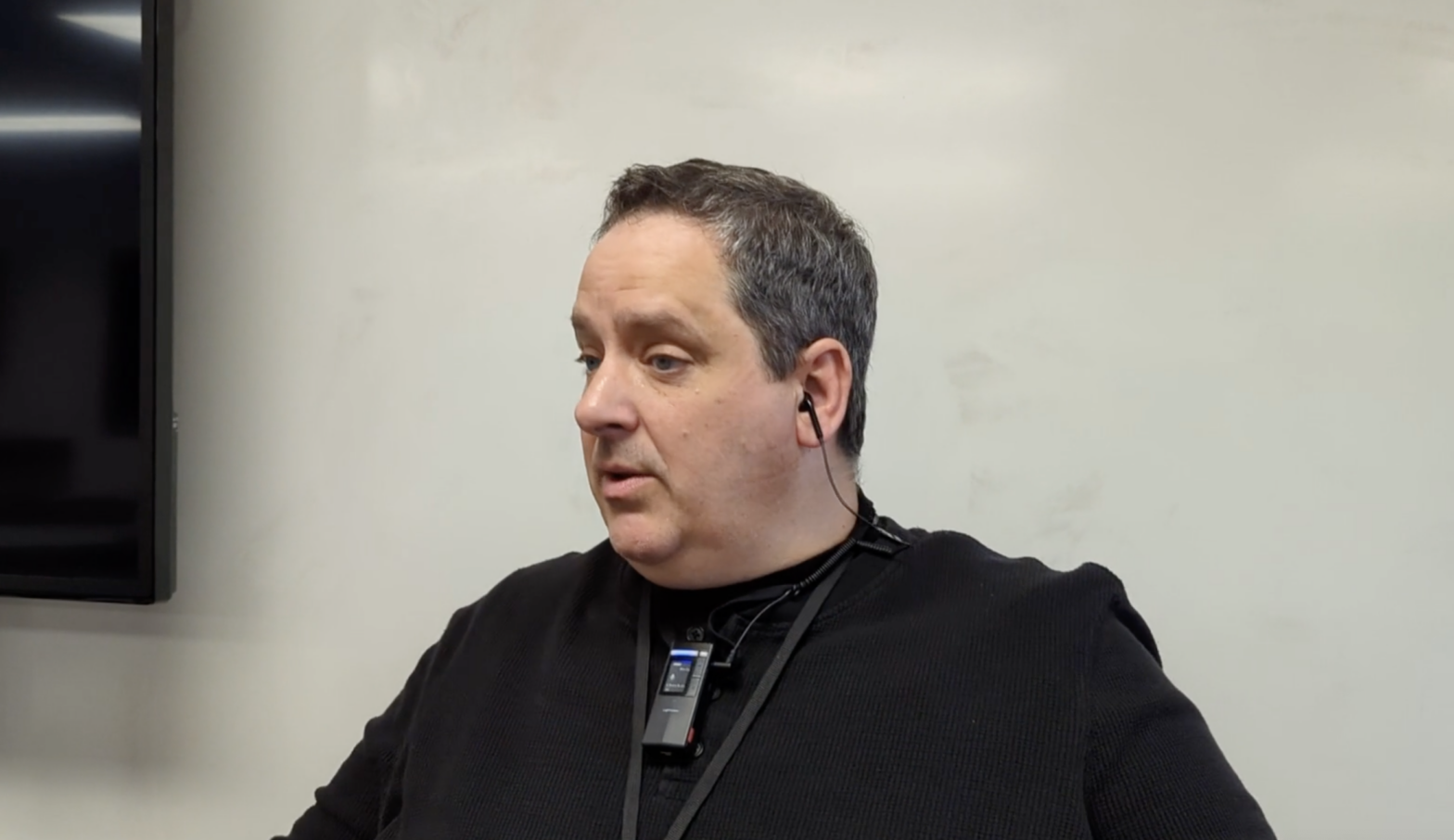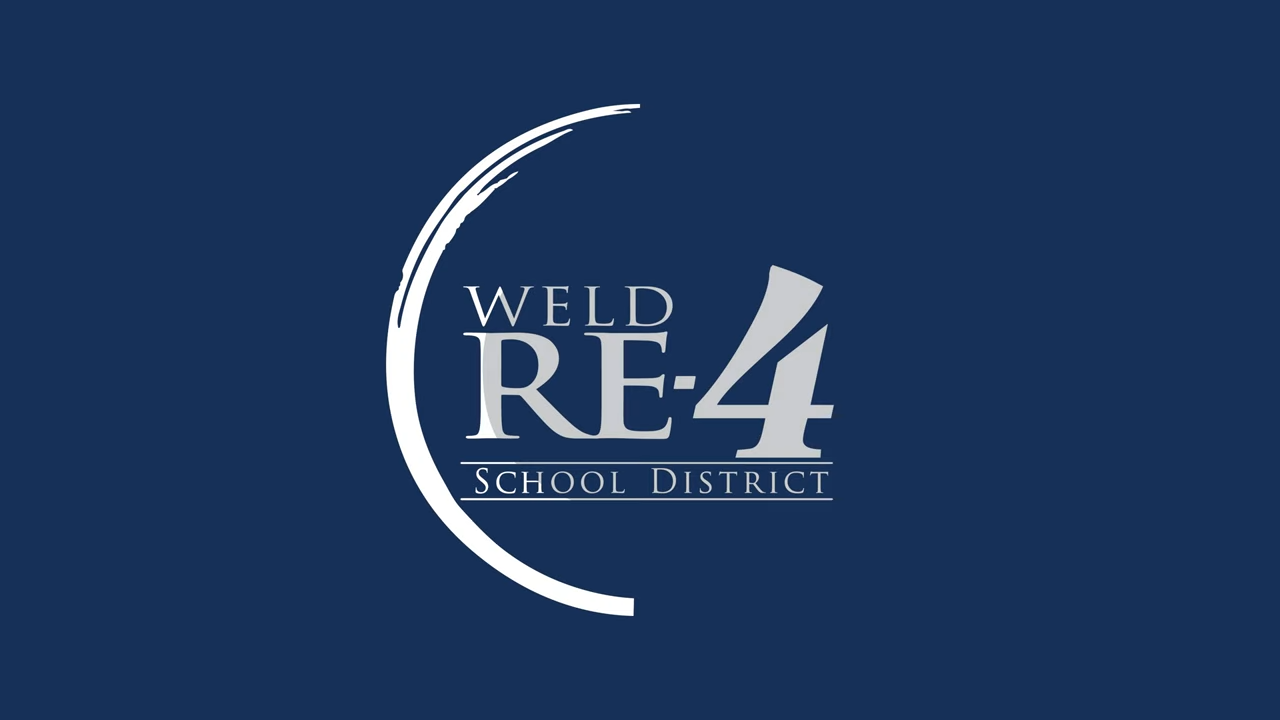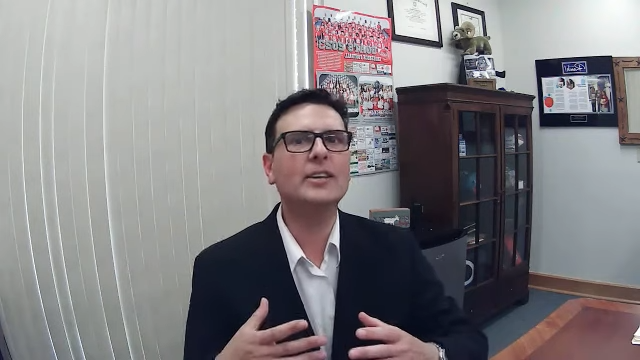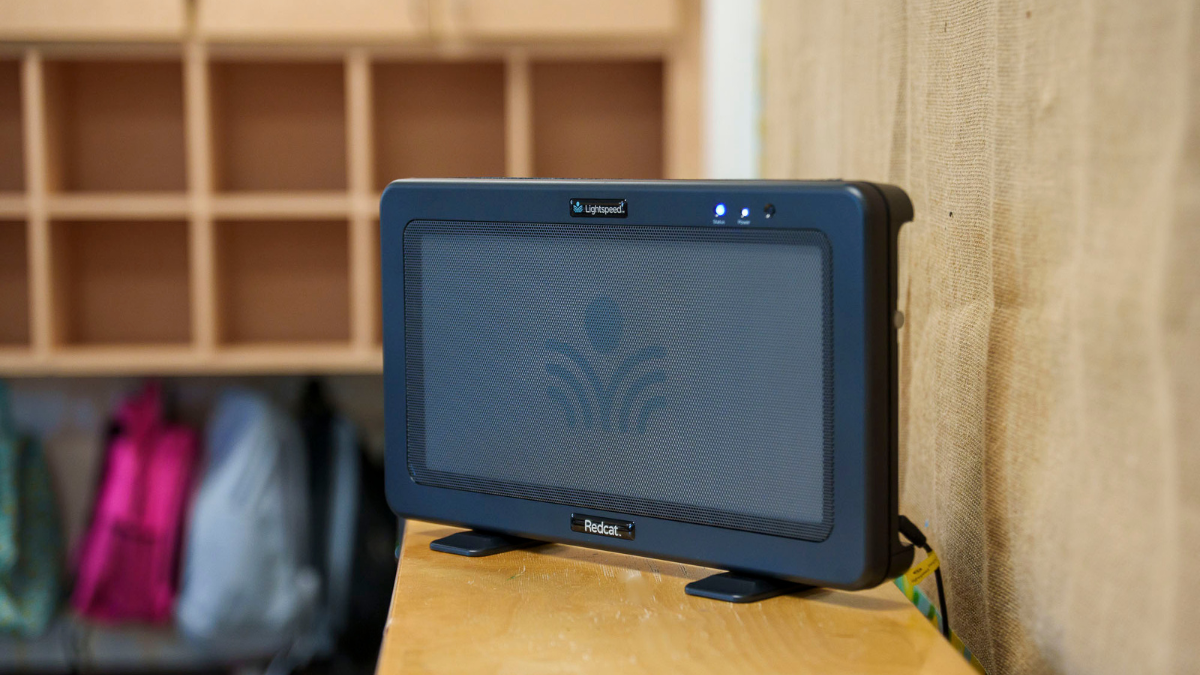How to Integrate New Technology
The new school year is upon us, and with it comes new classroom technology and novel ideas for how to use it. In this article, three school leaders share their best practices for helping teachers start on the right foot when implementing new technology and pedagogy.
Kristen Paino
Back-to-school time means a fresh start, full of new visions, goals, experiences, and opportunities. Some of these new goals and experiences can include integrating new technology into the classrooms of your school. As the academic technology manager at Avenues: The World School, I have assisted with numerous technology integrations, and I’ve come away with several best practices that can help facilitate new edtech integration:
- Providing training and support for teachers is crucial at the start of the school year. You want teachers to feel comfortable with the technologies they will be using in their classrooms.
- Making sure teachers are aware of school technology policies and student technology pledges ensures that everyone is on the same page.
- Encouraging teachers to experiment and play with the new technology on their own enables them to better answer student questions during implementation.
Four years ago, we implemented a new game-based typing program for our third- through fifth- graders. Before implementing, I provided training for the classroom teachers and had them explore and play the typing courses to get them familiar with the program, so they could best support their students.
Technology has great potential to facilitate student learning in new and exciting ways. For instance, typing is an essential 21st-century skill. For typing to become automatic, students need a lot of practice, and this repetition can easily become boring. The game-based format of our program keeps learning fun and keeps our students motivated to practice on a regular basis. I’m excited to see what other new technologies our school will implement in the coming year.
Cindy Young
Every school district begins their new school year with a unique set of goals. At the Northern Lights School Division in Central Canada, our goals revolve around providing and improving the best multisensory literacy system for our more than 4,300 students, 87% of whom are of Indigenous descent. Growing up in a community like this, where a unique combination of cultures and languages mix, the kids here like to know that their educators are doing all they can to ensure their ability to write and speak fluently in English, Cree and Dene.
Last year, we trained our staff and implemented the multisensory literacy curriculum schoolwide. We’ve had phenomenal results in one year — improving from 19% of our students reading at grade level to 80%. Our director took notice, and now, on top of being vice principal, I’m also working as a half-time literacy consultant, visiting the other schools in our district to help them boost their reading proficiency. Here are three of my most effective methods to help launch a multisensory approach to literacy instruction in the new school year:
- Explicit vocabulary coaching: We as teachers have to be proficient with our instruction during the day, utilizing explicit vocabulary coaching whenever possible.
- Balanced literacy: It’s important to incorporate modeled reading, guided reading and shared reading alongside students’ writing instruction. Making sure all three strategies are unified daily into a designated English language arts block helps immensely.
- Teaching reading in every subject: In order to provide our students with the all-encompassing reading and writing support they required, we taught our teachers first, so they would be armed with the knowledge they needed to provide continued reading instruction for all grades and classes.
We’re very excited to continue strengthening our literacy instruction as we welcome the new school year with open arms.
Sonja Parks
As the assistant superintendent, I can’t wait to see those yellow buses rolling in, to visit classrooms and to see firsthand the excitement of students and staff. Our students are being prepared for a rapidly changing society, which values essential skills that are vastly different from those required of previous generations. As a result, students must learn how to be goal-oriented, resilient individuals who can collaborate, communicate, think critically and become experts in technological and digital resources.
As educators head back to their classrooms, we are excited about improving listening and learning for students. This year, we are lucky enough to adopt a brand-new classroom audio system specifically designed for small-group collaboration. Technology integration can be tricky, so here are three tips to ensure your implementation goes smoothly.
- Encourage teachers to weave in the new technology with traditional classroom lessons. Start small and go from there.
- Ask teachers to stay patient and to remember it’s okay to ask tech-savvy students for help — they love it!
- Give students adequate time to adjust to new technology. Encourage a student-led culture with a real responsibility that increasingly challenges students to step up and prove themselves.
We believe the new audio systems will have a positive impact on student learning outcomes and will strengthen the connection between teachers and students. Our goal for the new school year is to create what we call “Rockin’ Classrooms of the Future” by transforming the physical learning environment into a technology-enhanced space providing flexibility for collaboration and interaction that will take learning to a new level. The new design includes flexible classroom furnishings, work surfaces, seating and mobile technology, all of which have challenged the front-of-the-room practices used in most traditional classroom settings. With greater flexibility in the classroom, students are able to work in a variety of collaborative arrangements on any given day.Kristen Paino is the academic technology manager at Avenues: The World School, and she was recently a presenter at the 2017 ISTE Conference. Her school has been using Typing Quest for the past four years. Find her on Twitter at @kristenmarie123.
Cindy Young is the ELA consultant and vice principal at the Gordon Denny Community School in Air Ronge, Saskatchewan, Canada. She’s been using Reading Horizons Discovery to help implement their multisensory literacy curriculum. She can be reached at cindyyoung@nlsd113.ca.
Sonja Parks is the assistant superintendent at Rockingham County Schools in North Carolina. Rockingham County Schools is a member of the Lightspeed Lighthouse District program and is implementing the newly launched Activate system. Follow her on Twitter @parkss12.


